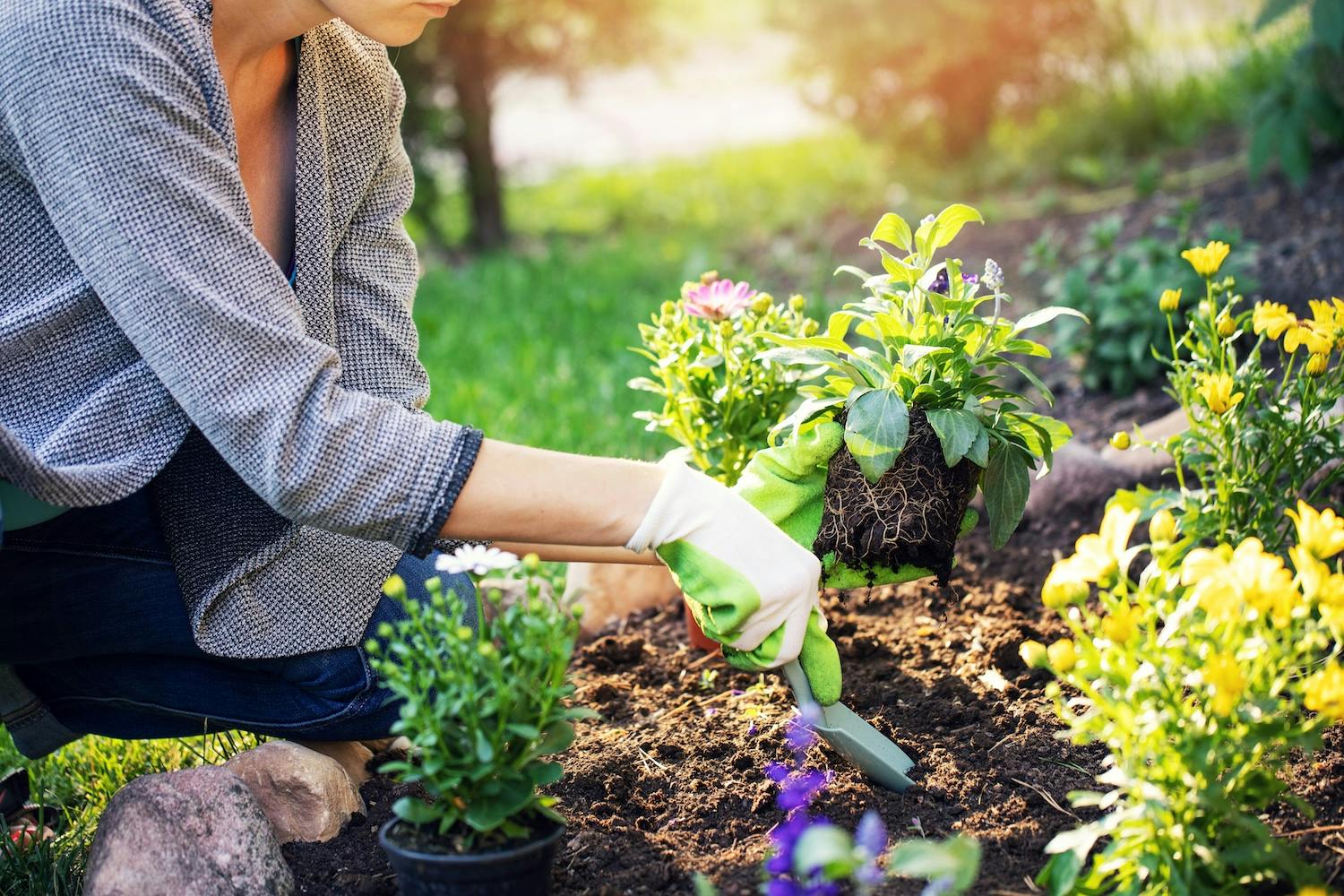- Blog
How to Prevent Achilles Tendinitis
Posted on 12-17-2025 in Achilles Tendinitis by Dr. Erik Nilssen

Posted on 12-17-2025 in Achilles Tendinitis by Dr. Erik Nilssen
Running is an excellent way to work out the body and clear the mind, but despite the pros, there is one con that many runners can identify with – a painful Achilles tendon.
The Achilles tendon is both the largest and the strongest tendon in the body, but for runners, it is often a point of disdain. Achilles tendinitis is a notorious and common condition among runners. It happens when speed is suddenly and considerably increased or while running up an incline. Runners aren’t the only ones who are affected by this condition. It can happen to anyone who puts excessive strain on the tendon.
Whether you’re a runner, you play soccer, or you participate in any activity that could cause you to strain your Achilles tendon, taking the proper precautions can help to prevent developing Achilles tendinitis.
Wear the Right Footwear
The shoes you wear while participating in activities that could lead to Achilles tendinitis can help to prevent the development of the condition. Shoes that properly cushion your heel can provide the support and the shock absorbency that is needed to prevent overstraining the tendon. You could also add extra padding to the heel area of your shoes with pads or with orthotics that are intended to reduce the stress that is applied to the Achilles tendon.
Warm Up and Stretch Properly
Before you engage in physical activity that utilizes the Achilles tendon make sure that you warm up and that you properly stretch the area. Stretch the calf muscles first thing in the morning, as this will help you maintain flexibility in the area. You should also stretch the area before you engage in exercise. If you have suffered from this condition before, warming up and stretching is particularly important to prevent it from occurring again. It is also helpful to walk for a short bit, before running.
Cool Down
After you complete your physical activity, take the time to cool down and do some more stretching. Easy jogging, walking or biking, as well as about five minutes of stretching after you have completed your exercises can help you avoid developing Achilles tendinitis.
Slowly Increase Activity Levels
If you are starting a new exercise program, do so slowly. Starting slowly and gradually increasing the duration and the intensity of the exercise will allow you to strengthen the tendon. Strengthening the tendon is a necessity if you are going to avoid straining it and developing the painful condition of Achilles tendinitis.
Avoid Excessive Stress. Stay away from activities that put excessive stress on your Achilles tendon. You should also avoid participating in an activity that you are not in the condition to do. Putting too much stress on the tendon is a surefire way to develop tendinitis.
Alternate Your Workouts
Alternate the exercises that you engage in. For example, after an intense run, make your next workout swimming or cycling. Alternating from high impact to low impact exercises will allow you to ease the tension that is put on the Achilles tendon, thus helping you avoid developing tendinitis.
Gradually Increase Intensity
Start your low impact exercises gradually and slowly work your way up to a faster pace. By slowly working your way up to higher intensity levels, you will be able to properly strengthen your Achilles tendon and thus avoid developing tendinitis. Strengthening your calf muscles by doing toe-raise exercises can help too.
Achilles tendinitis is a painful condition, but by taking these preventative measures, you can decrease your chances of developing the condition and enjoy successful workouts.
To schedule your appointment with a North Florida Bone & Joint Specialists surgeon for an Achilles tendinitis condition, please call 855-998-FOOT.

With summer in full swing and children taking advantage of more time to participate in sports-related or other outdoor activities, it’s essential to be mindful of injury prevention while encouraging their interest in activities that don’t involve screen time!

May is National Arthritis Awareness Month, and of the more than 100 forms of this painful condition, many can affect the ankle. In fact, almost half of people in their 60s and 70s have arthritis of the foot and/or ankle, but not all of them have symptoms.

Springtime in North Florida is the perfect season for gardening, but hours spent planting, pruning, and digging can take a toll on your body. At North Florida Bone & Joint Specialists, we often see patients with gardening-related injuries affecting the hands, upper extremities, shoulders, and knees. Whether you're a weekend hobbyist or an avid green thumb, practicing proper ergonomics can help ensure you stay injury-free while you enjoy your time outdoors.